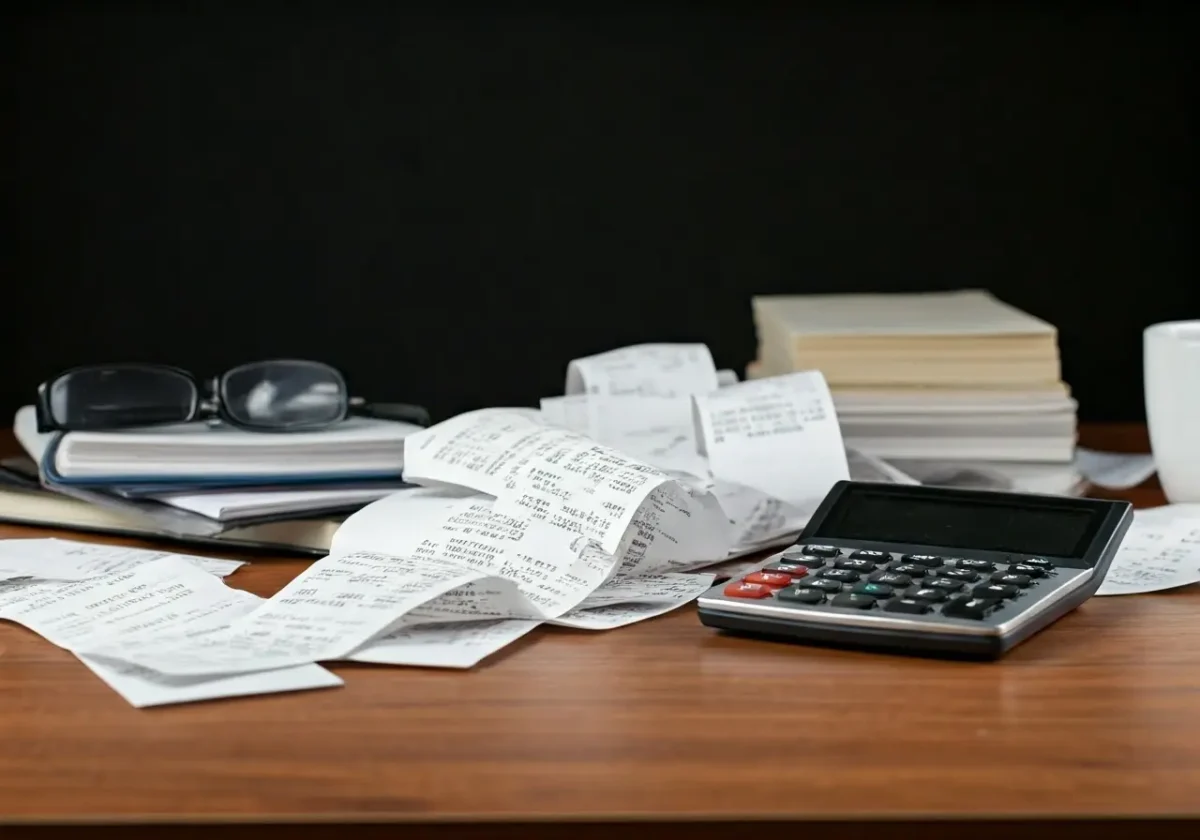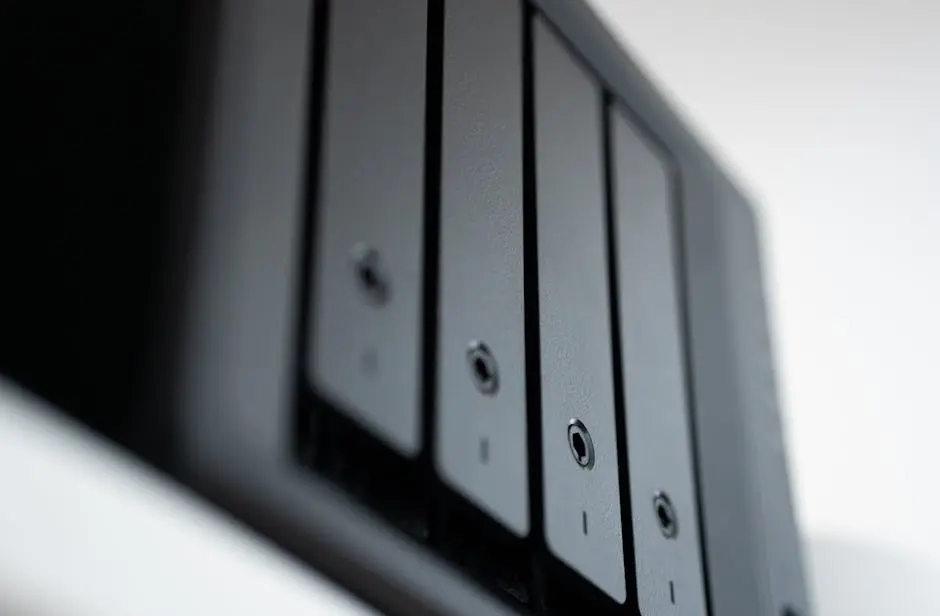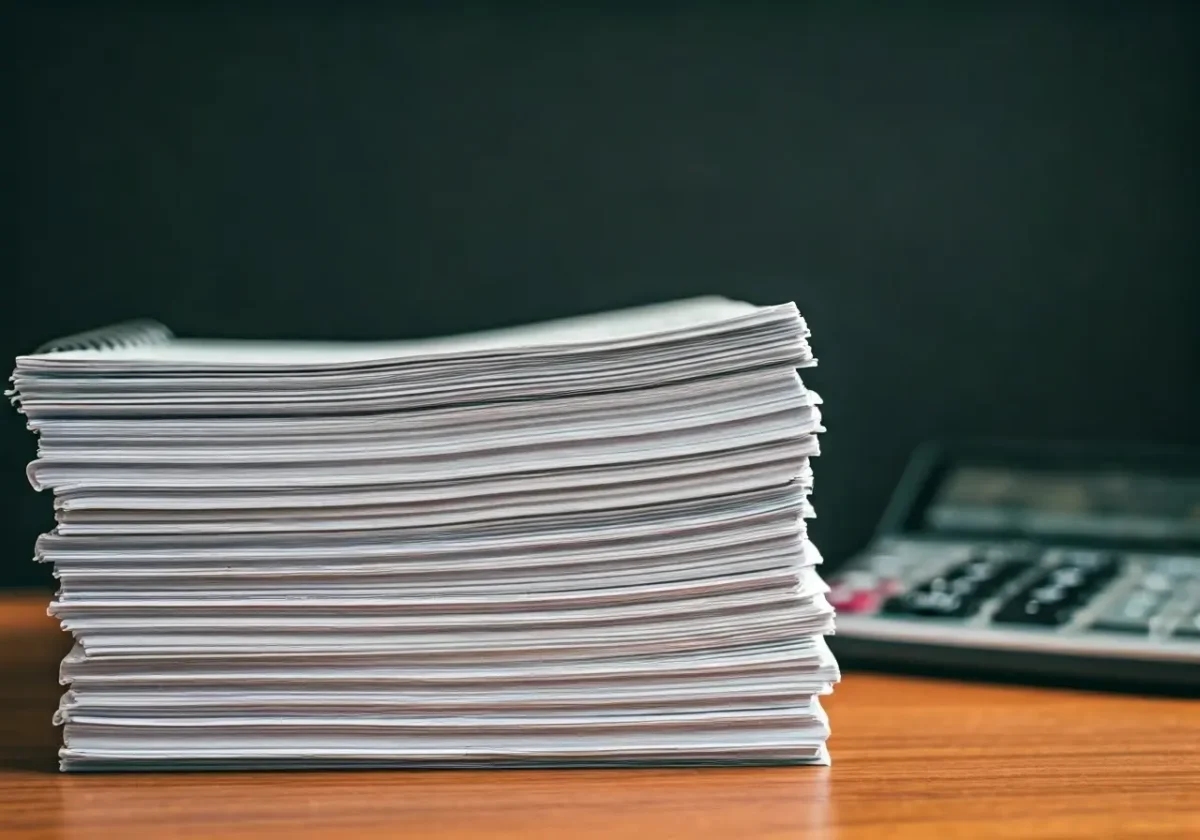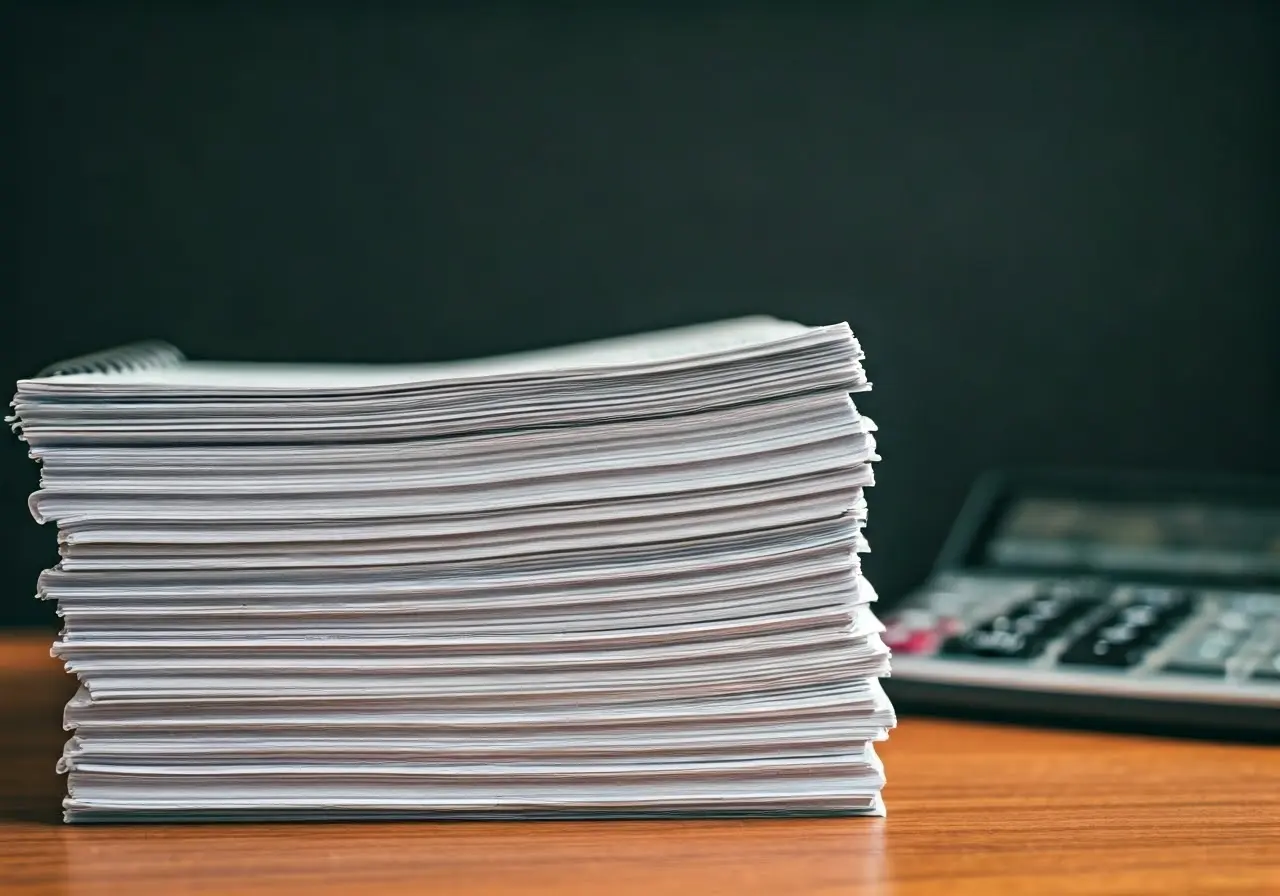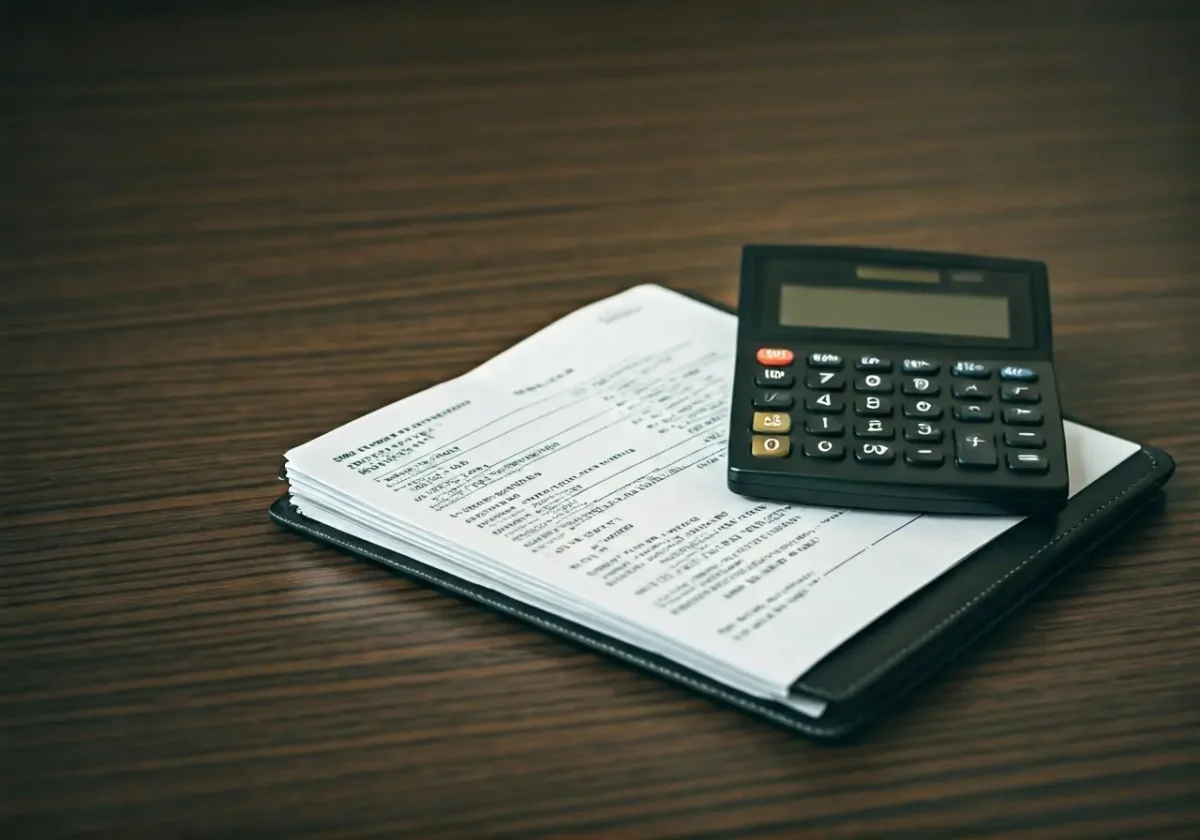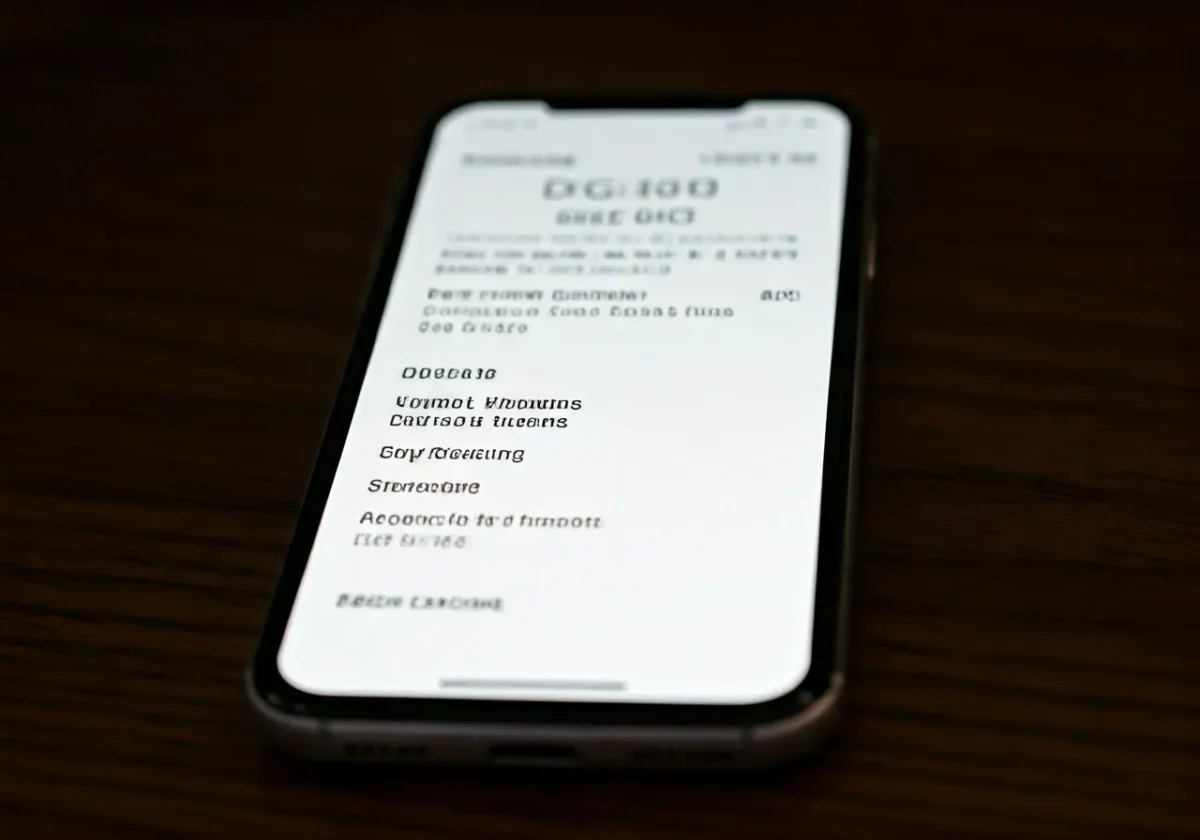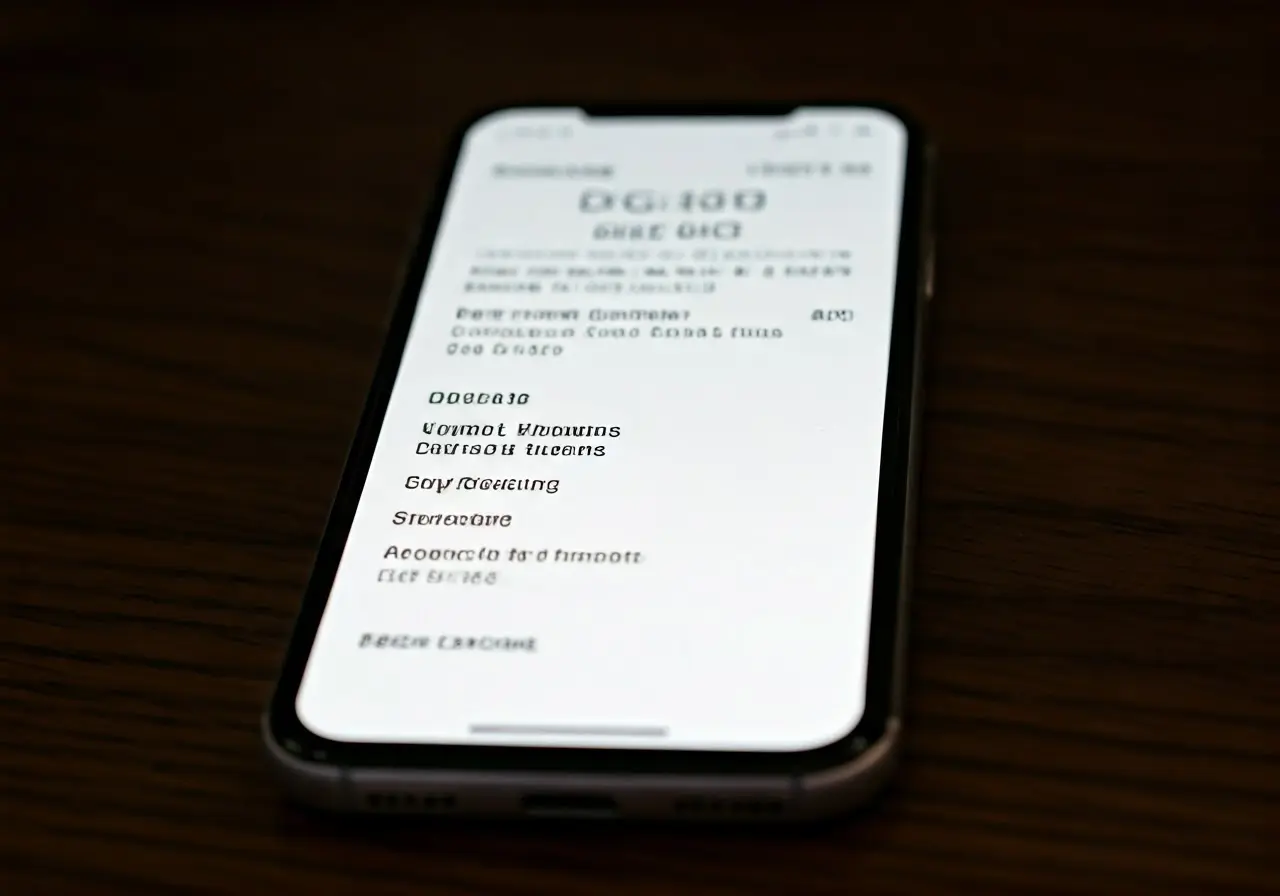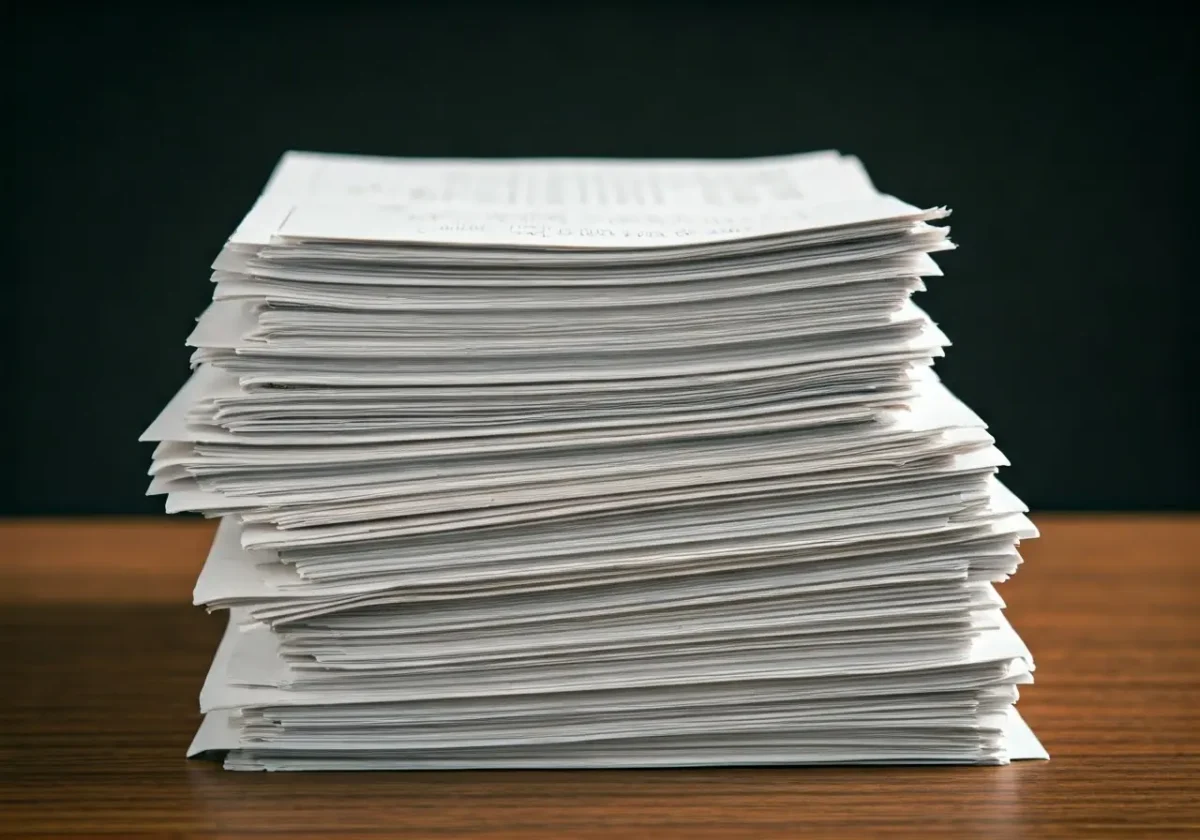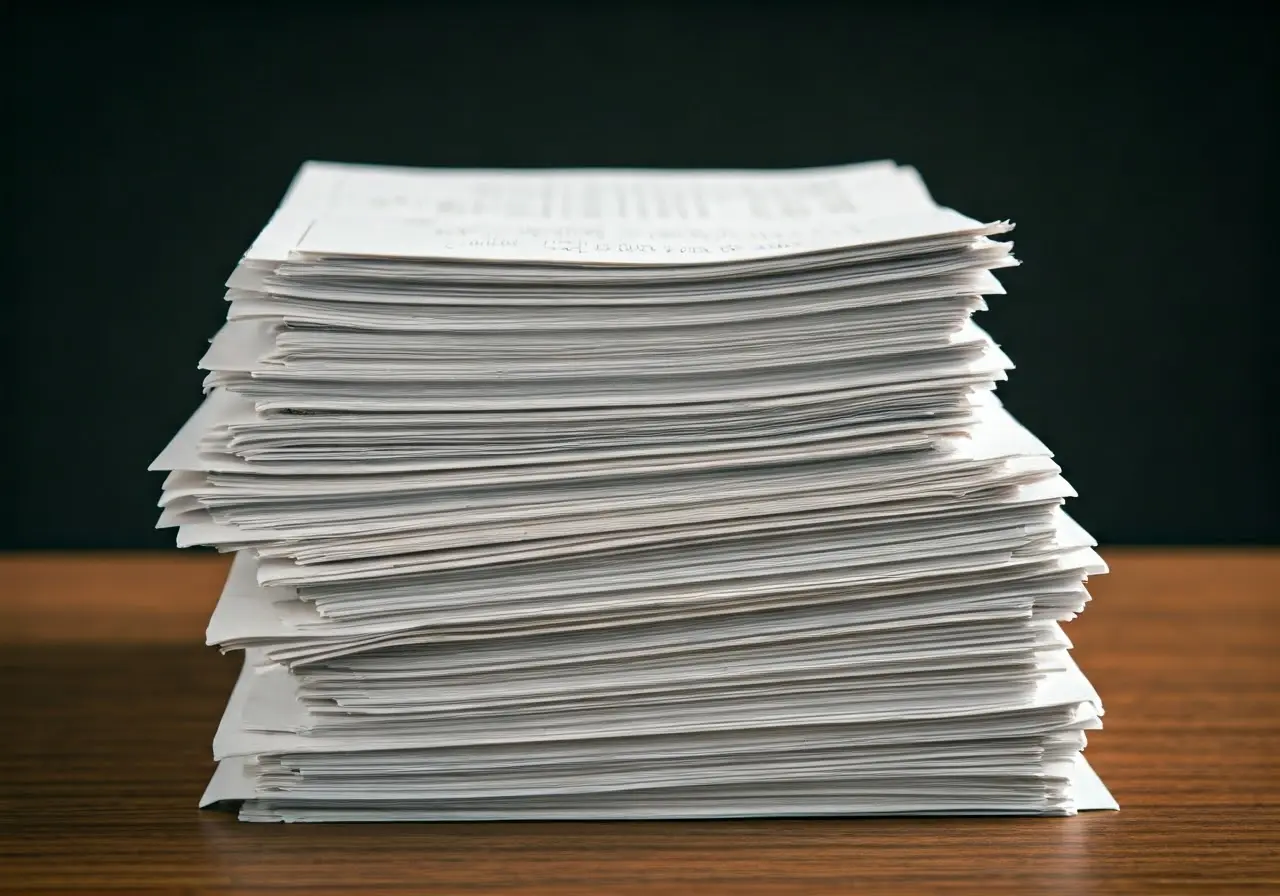If you’ve ever felt overwhelmed by the piles of receipts cluttering your desk come tax season, you’re not alone. Many people struggle to keep track of their expenses throughout the year, which can make tax time particularly stressful. This is where a receipt organizer can become your best friend and help improve your tax claims. In this blog, we’ll explore how using a receipt organizer can save you time, money, and make your tax process smoother.
What is a Receipt Organizer?
A receipt organizer is a tool or system designed to help you store, categorize, and manage your receipts. There are various types available, ranging from simple folders to digital apps that automatically categorize your expense data. In today’s digital age, these tools are becoming indispensable for anyone looking to streamline their financial management and maximize tax deductions.
The concept of a receipt organizer may seem straightforward, but the benefits it offers stretch far beyond simple categorization. By maintaining a well-organized record of your expenses, you can ensure that you don’t miss out on any potential deductions and increase your chances of receiving a larger refund. Furthermore, in case of an audit, an efficient organization system provides you with an accessible and comprehensive repository of your financial documentation.
Physical receipt organizers often include envelopes, folders, or filing cabinets, and are ideal for those who appreciate the tactile nature of holding a physical document. Digital options, however, are rising in popularity as they offer the convenience of cloud storage, ease of access, and the ability to quickly search for specific receipts. By using a digital organizer, you also minimize the risk of fading or losing physical receipts, a common worry for many.
How Does a Receipt Organizer Improve Tax Claims?
By keeping your receipts organized, a receipt organizer helps in accurately tracking your deductible expenses. This ensures you don’t miss out on any potential tax claims benefits by providing an easy-to-reference system during tax filing.
Using a reliable system to manage your receipts means you can leverage every possible deduction. For instance, categorizing receipts according to business expenses or healthcare costs helps systematically map out where you can claim potential deductions, ultimately lowering your tax bill. By creating a reliable organization system, you gain clarity and control over your finances, leaving less room for error.
Furthermore, receipt organizers provide a safeguard against the unexpected. In the event of an audit, having all your necessary documents neatly categorized and securely stored can save you stress and potential financial setbacks. It’s about creating a financial safety net that supports your tax claims and underscores your credibility.
Types of Receipt Organizers Available
There are both physical and digital receipt organizers. Physical ones can be as simple as folders or binders, while digital organizers can include apps and software that can store digital copies of your receipts. For instance, many apps are now integrated with receipt scanning and categorization features, enhancing efficiency and ease of use.
Digital organizers not only eliminate the need for physical storage but also automate the process of sorting and categorizing receipts. This level of automation is a game changer for those with busy schedules or managing large volumes of transactions. Additionally, cloud-based solutions offer insights, allowing you to analyze spending patterns and identify potential areas for tax deductions.
Choosing the Right Receipt Organizer for You
Consider factors like ease of use, storage capacity, and whether you prefer a digital or physical system. Some people prefer the tangibility of physical organizers, while others appreciate the convenience and space-saving nature of digital solutions. Evaluate tools based on their features, such as integration with existing software, data storage limits, and sharing capabilities.
Your choice should align with your personal or business needs. For example, if you’re tech-savvy and manage complex accounts, a digital app with robust features would suit your demands perfectly. Meanwhile, if you seldom handle vast amounts of receipts, a simple accordion file might do the job. The key lies in matching the tool with your organizational style and tax filing needs.
Best Practices for Using a Receipt Organizer
Consistently update your organizer throughout the year, categorize receipts as soon as you get them, and set reminders to check your expense records periodically. This will ensure that your tax preparation is stress-free and efficient. Using a receipt app or management software can streamline the documentation process by automatically updating and organizing your data.
Adopt a habit of digitizing your receipts regularly, especially high-value or business-related purchases. Utilize cloud storage solutions that offer backup features for added security. This habit not only protects you from loss or damage but also ensures that you have timely access to the evidence needed for tax claims.
Regularly revisit and refine your organizational strategies. Keep abreast with new tools or methods that might offer more streamlined operations. Consult with a tax professional periodically to ensure your document management aligns with the latest tax laws. Finally, ensure your system facilitates easy and quick retrieval in case specific receipts are required for review or audit purposes.
Embrace Financial Efficiency with a Receipt Organizer
In conclusion, utilizing a receipt organizer can dramatically streamline the process of managing your expenses, leading to more accurate and beneficial tax claims. By organizing your financial documentation efficiently, you minimize stress, maximize potential deductions, and ensure that you’re well-prepared for tax season. Investing in a good receipt organizer is a step towards financial efficiency and peace of mind.
Ready to simplify your life? Download the Receipts and Returns app today and take the first step toward a paperless, stress-free shopping experience.
Click App Store & Play Store

